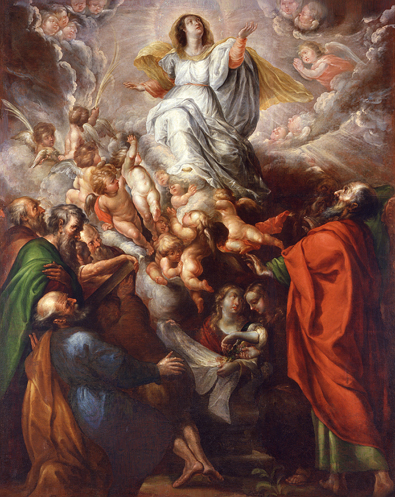Baroque Assumptions
Identifier (Artikel)
Abstract
This essay works within a transatlantic framework to excavate an early modern sensitivity to form and formal arrangement from practices of compositionally reconfiguring printed compositions. Tracing such operations generates a reappraisal of foundational conceptions of Baroque aesthetics and of the very notion of the Baroque as a style. The essay begins in colonial Latin America, where artists were frequently tasked with using European prints to produce works of art, but it then tacks in the opposite direction to argue that exploring Latin American compositional modes allows better seeing them in Europe as well – both in commonplace visual culture and in the highest echelons of artistic production. The Baroque comes to be defined as a compositional mode of artistic practice centered on form and its potential for syntactical recombination – a mode conditioned by the medium of print. This essay thus advocates for the ways that working across once-interconnected geographies can (and should) shift key historiographic concepts and aesthetic frameworks: here of Baroque compositional practice, the Baroque as a historiographic construct, and print’s unmined place within both.
Statistiken


Lizenz

Dieses Werk steht unter der Lizenz Creative Commons Namensnennung - Nicht-kommerziell - Keine Bearbeitungen 4.0 International.


